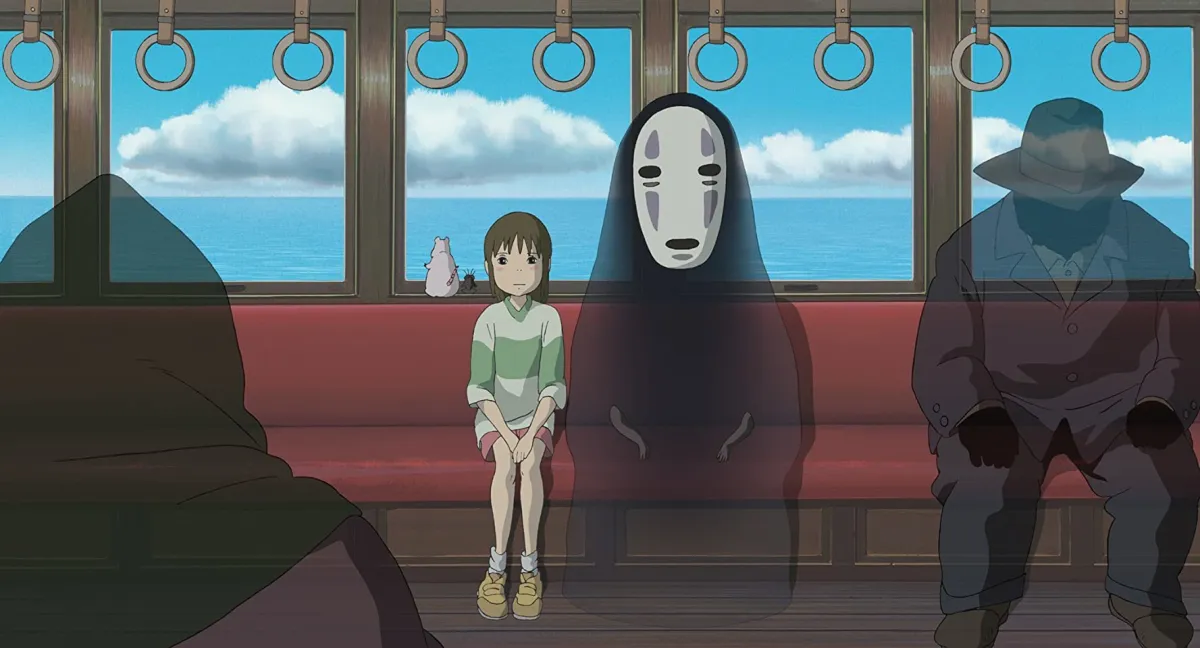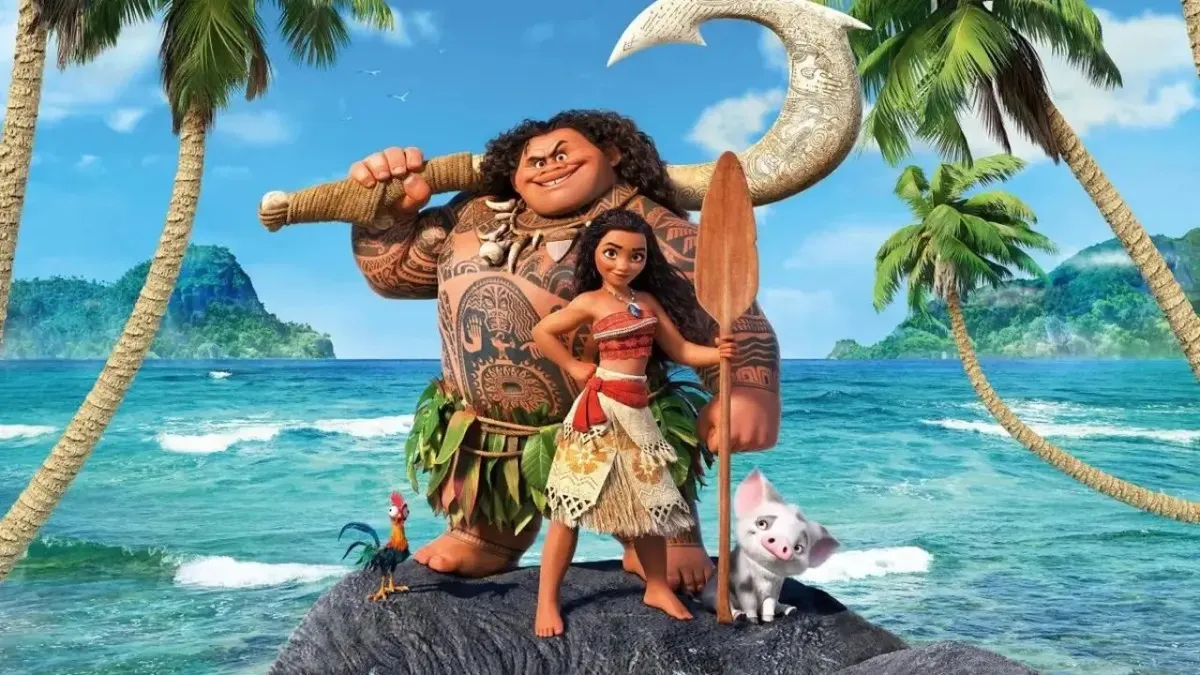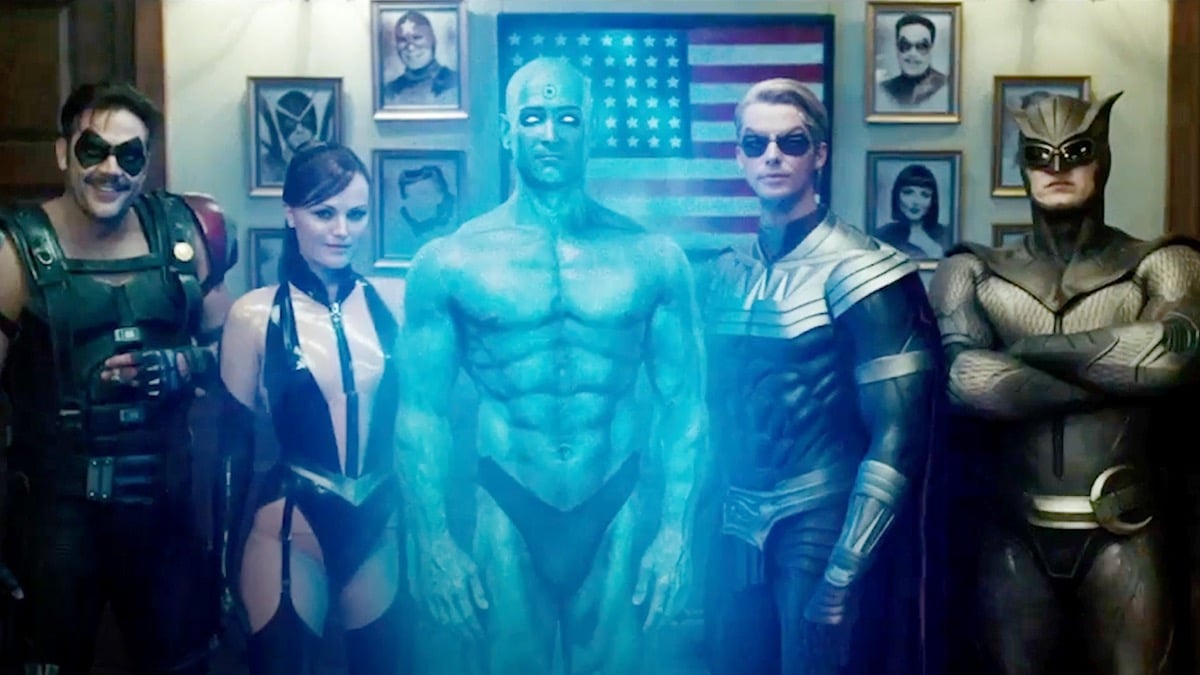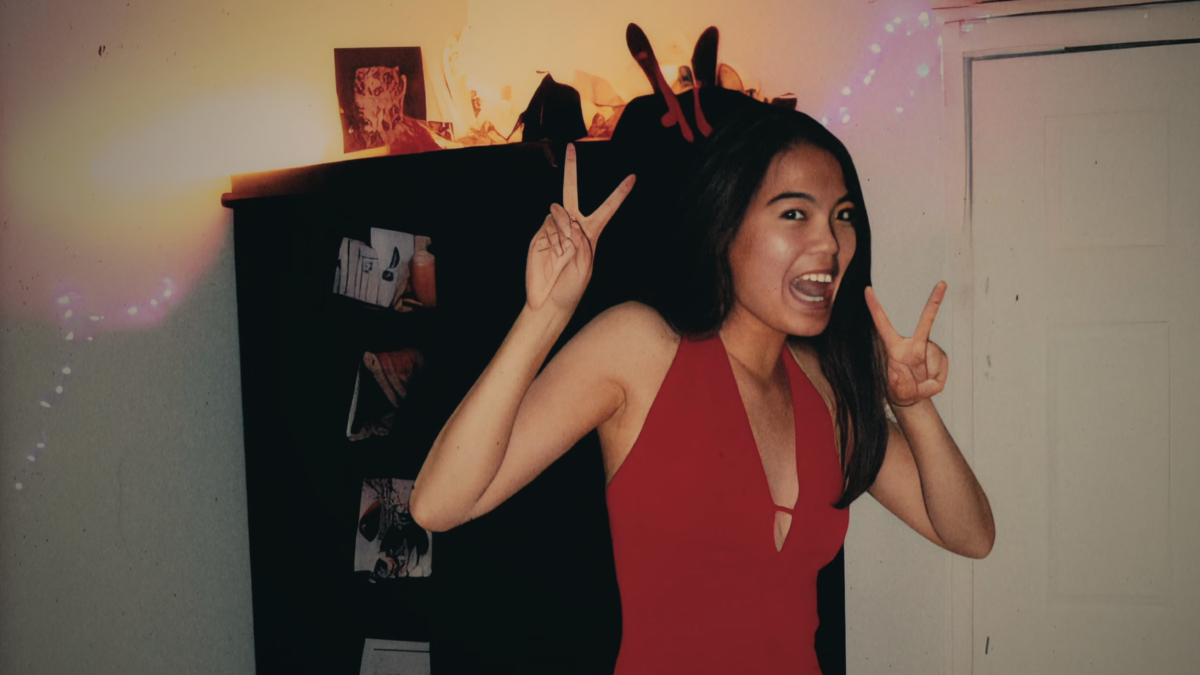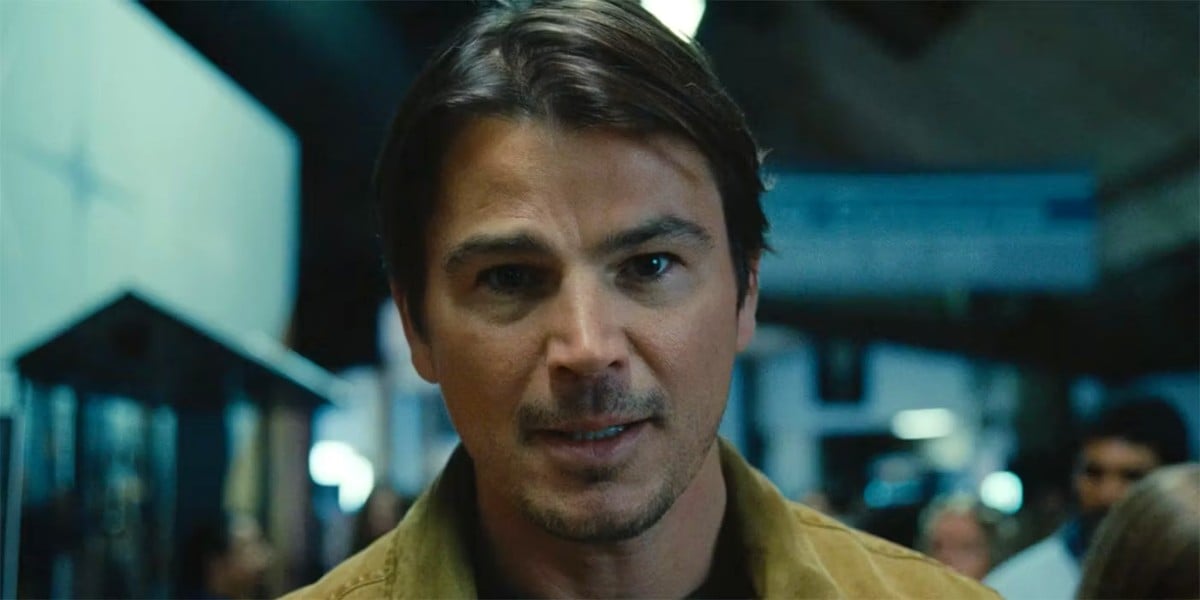After the success of Nausicaa of the Valley of Wind in 1984, Hayao Miyazaki, Toshio Suzuki, Yasuyoshi Tokuma, and Isao Takahata founded the company Studio Ghibli in the year 1985 and the rest, as they say, is history. 37 years to date, Ghibli has had unprecedented success, changed the landscape of animation and revolutionized the way that children and adults view the art of storytelling.
With that being said, it’s going to be near impossible to rank some of the best films ever made, so proceed with caution and note they’re all worth a watch.
23. Tales From Earthsea (2006)
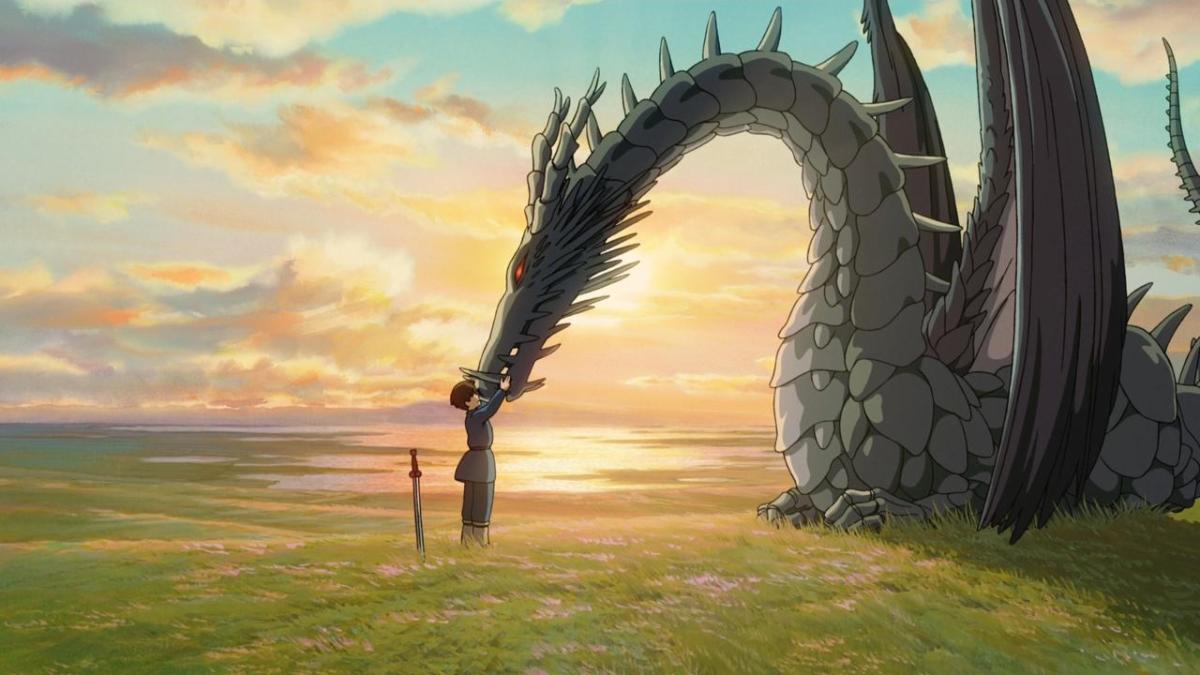
Loosely adapted from The Earthsea Cycle series by Ursula K. Le Guin, Tales From Earthsea is one of the only truly underwhelming films in Ghibli’s extensive catalogue. Due to the international success and acclaim of Spirited Away, Le Guin finally allowed her work to be adapted, but the vision veered drastically from the source material. The studio took the approach of combining four books that spanned decades into one movie—making a mess of the themes, narratives and elements presented in the books. Although Hayao Miyazaki had great interest in adapting the story, he was busy adapting another literary marvel—Howl’s Moving Castle. Thus the project was handed over to his son for his directorial debut.
22. Earwig and the Witch (2020)
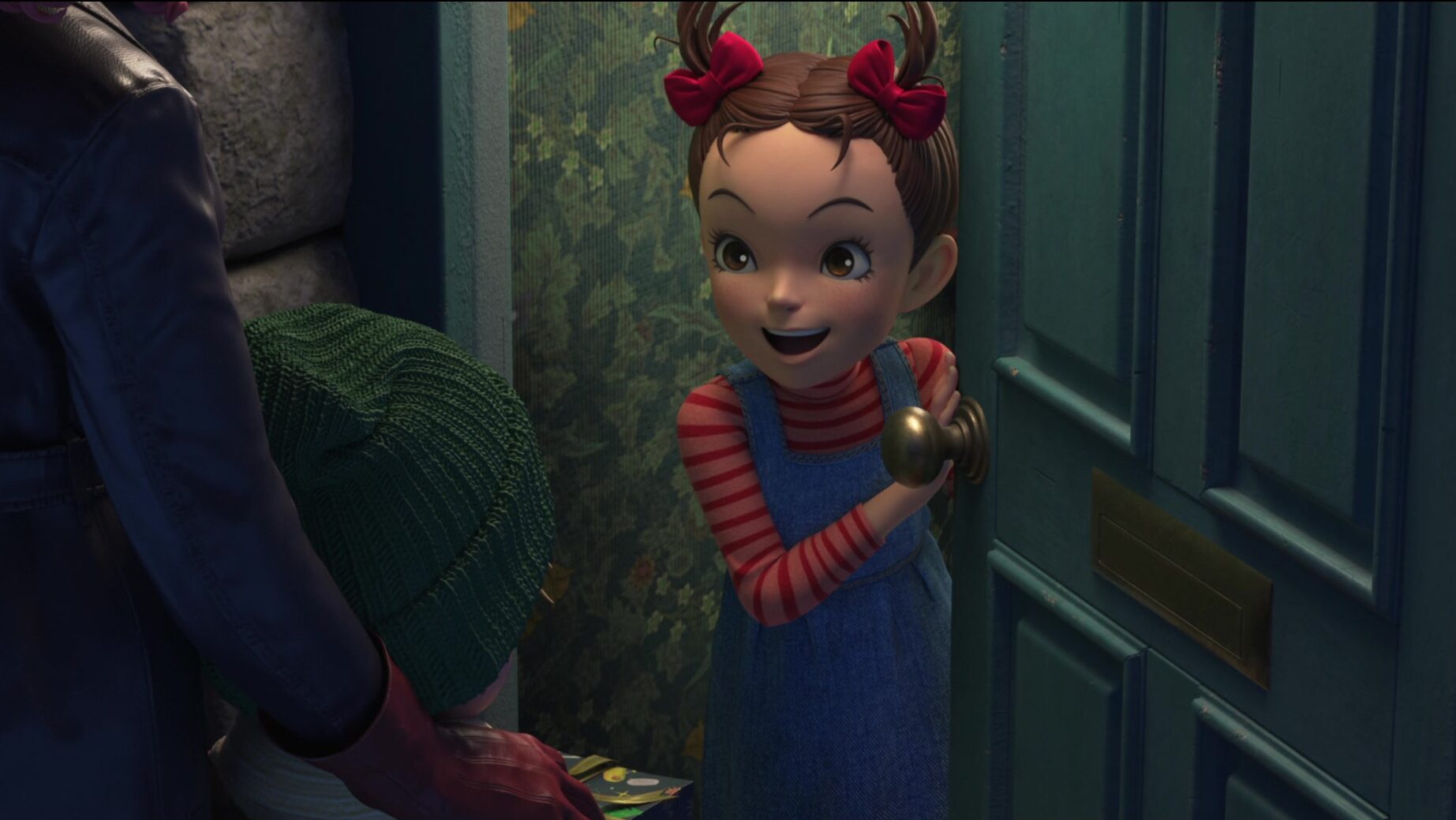
Taking a drastic turn from their previous projects, Earwig and the Witch marked the first time the studio made a 3D, CG-animated film, and it wasn’t well received. It was adapted from a Diana Wynne Jones novel, and while the premise of the story was fine, the payoff wasn’t good enough to justify why out of all Jones’ works, this one was chosen. The film had some standout moments, but the animation lacked the sophistication we’ve come to expect from Ghibli.
21. My Neighbors the Yamadas (1999)
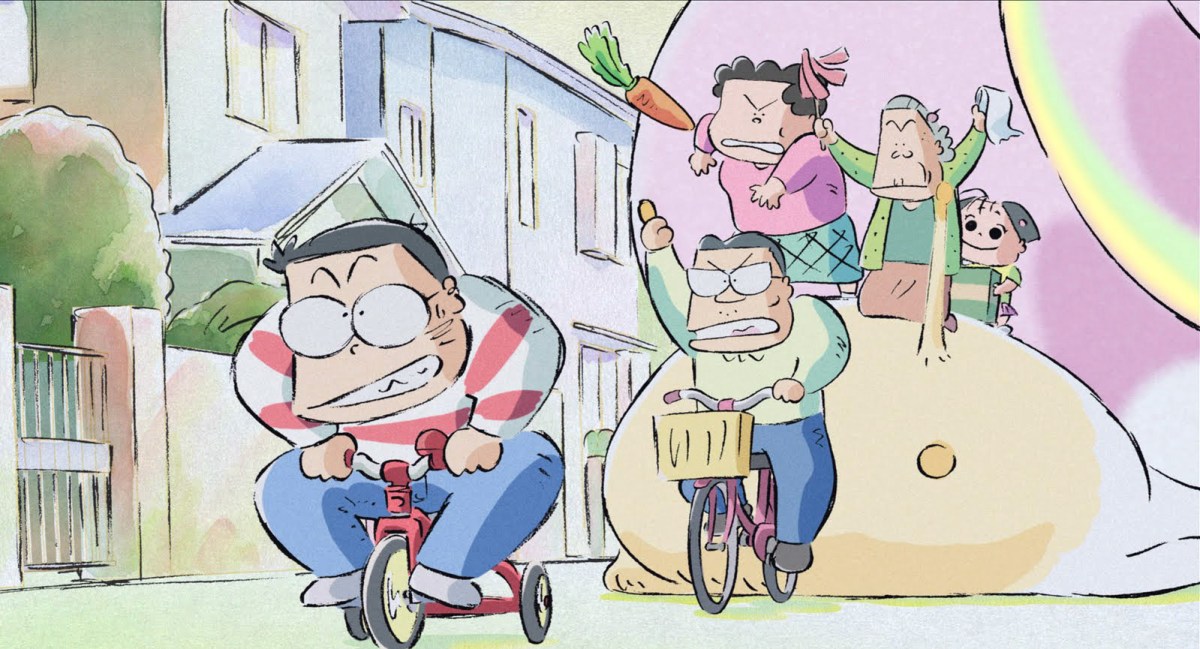
My Neighbors the Yamadas suffered from being wedged in between not only two of the greatest Ghibli films of all time, but two of the greatest films of all time—Princess Mononoke and Spirited Away. The difference in animation style became something expected from Takahata after various projects, but this wasn’t the case at the time. It also veered away from the traditional Ghibli format of a long running film and instead featured comedic episodic vignettes that focused on modern family life.
20. Porco Rosso (1992)
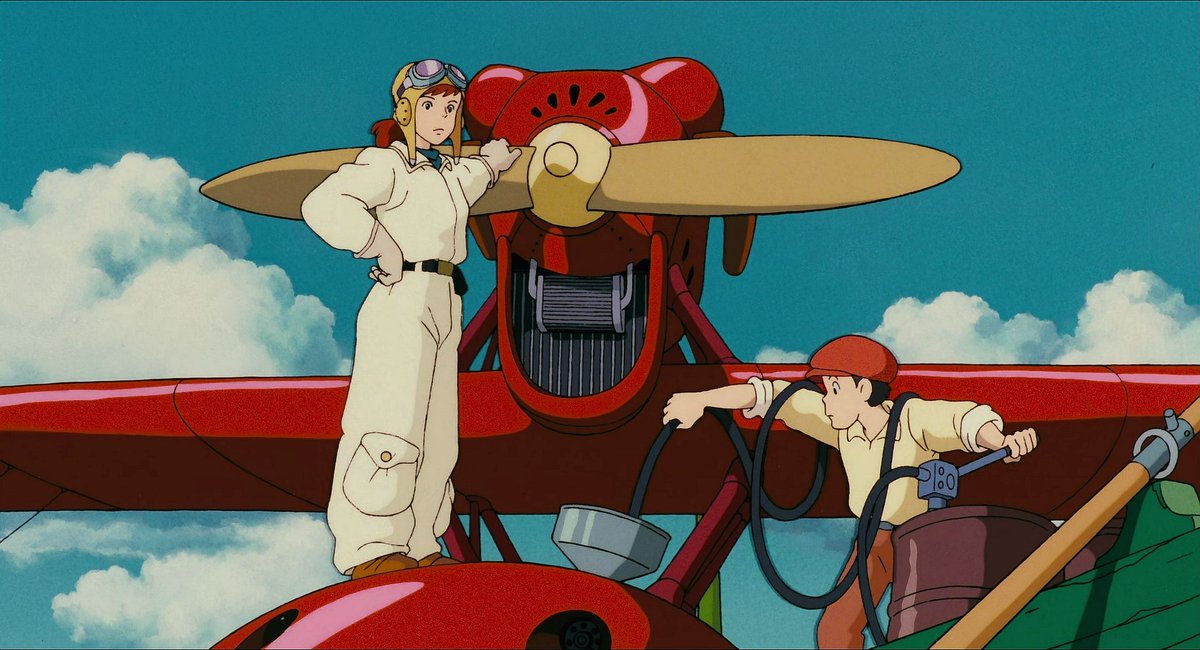
Directly translating to “Red Pig,” Porco Rosso is a cult classic amongst many and the purest action/adventure that the studio has produced to date. It was so popular that Miyazaki even considered creating a sequel, but for now those plans are nothing more than a pipe dream. The film was obviously intended for a specific audience but one of the major highlights comes in the character Fio. Women in STEM—there’s nothing left to say.
19. Pom Poko (1994)
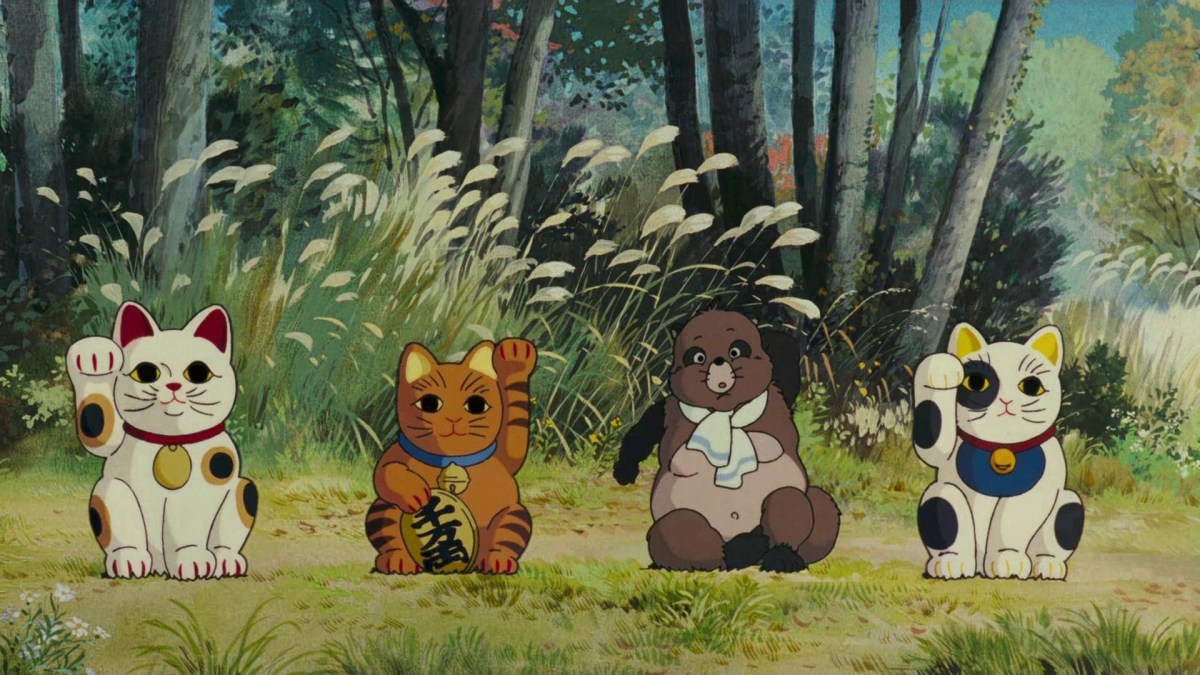
Some of Ghibli’s core tenants revolve around the relationship between humans, technology, and the environment. This takes center stage in Pom Poko, a movie about raccoons who are on the verge of losing their home as humans forcibly move into their habitat. This all culminates in a battle of the species intertwined with rich Japanese folklore.
18. The Secret World of Arrietty (2010)
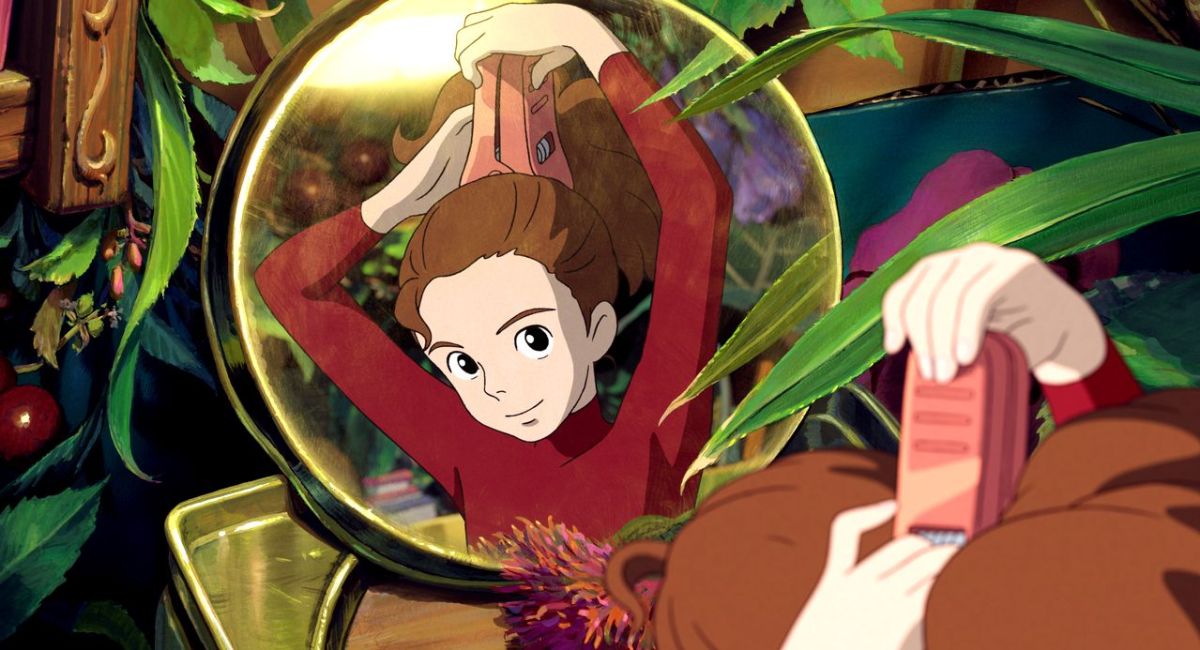
The Secret World of Arrietty tells the tale of borrowers (tiny people living crevices), “borrowing” what they need to survive, while maintaining a healthy dose of fear of the humans in close proximity to them. Arrietty becomes friends a with a human boy named Shō while he spends the summer in his mother’s childhood home while being sick with a rheumatic fever. It’s visually stunning.
17. The Cat Returns (2002)
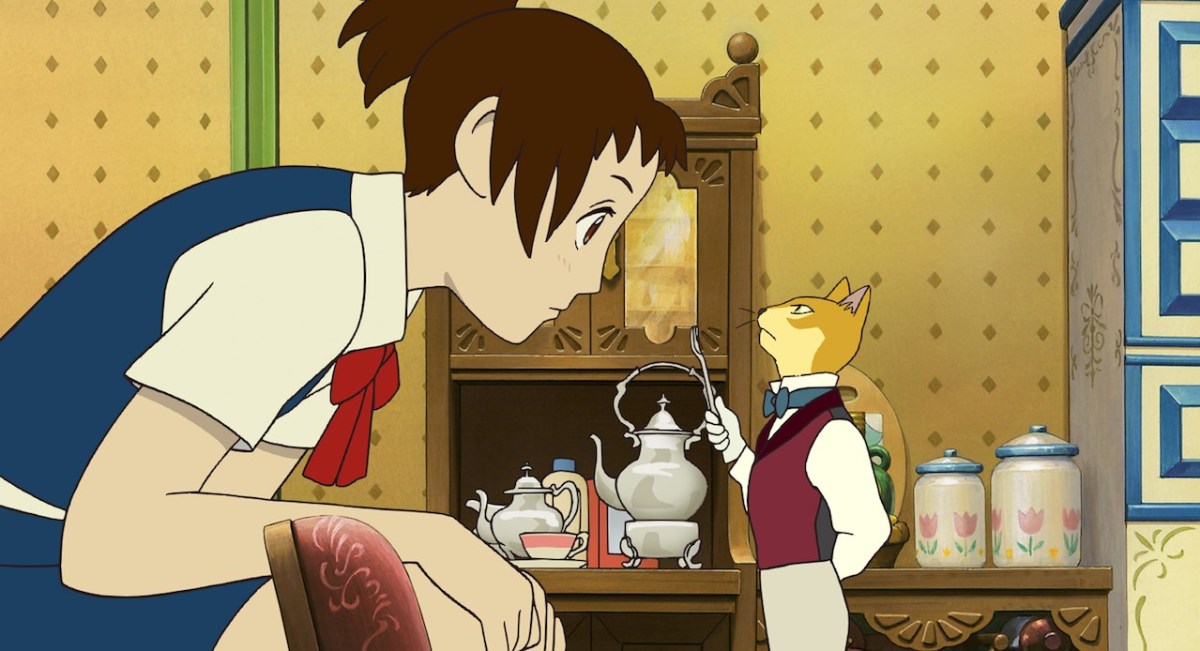
As a spinoff to Whisper of the Heart, The Cat Returns tells the story of a magical cat named Baron and a young girl Haru who can talk to cats. The story is a whimsical tale compounded by themes such as identity and belonging with an amazing score. One of the best aspects of this film is its humor. It’s by far the funniest Ghibli film ever produced and has many laugh out loud moments.
16. My Neighbor Totoro (1988)
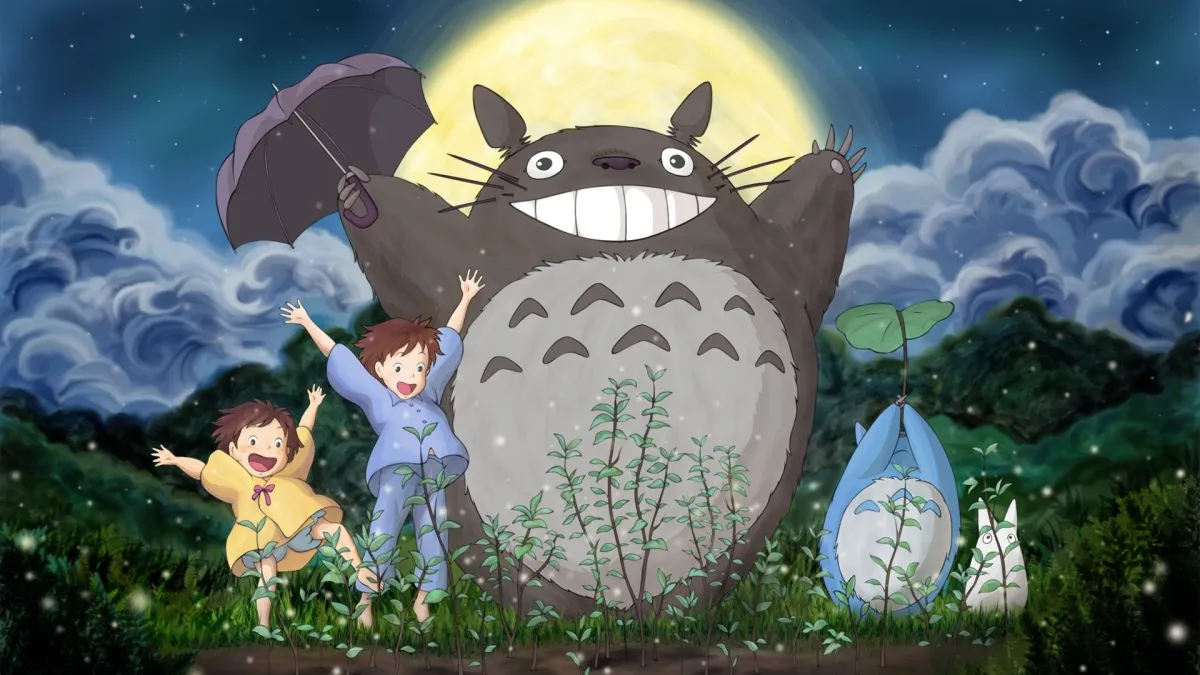
In terms of whimsicality and wonder, My Neighbor Totoro takes the cake. On the surface it appears to be nothing more than two sisters being silly, but the girls are dealing with a lot—moving to an unfamiliar place and the uncertainty of their mother’s health. There have been many theories as to whether Totoro is imaginary or not, but what is certain is that Totoro has become one of the most recognizable characters to date.
15. The Tale of Princess Kaguya (2013)
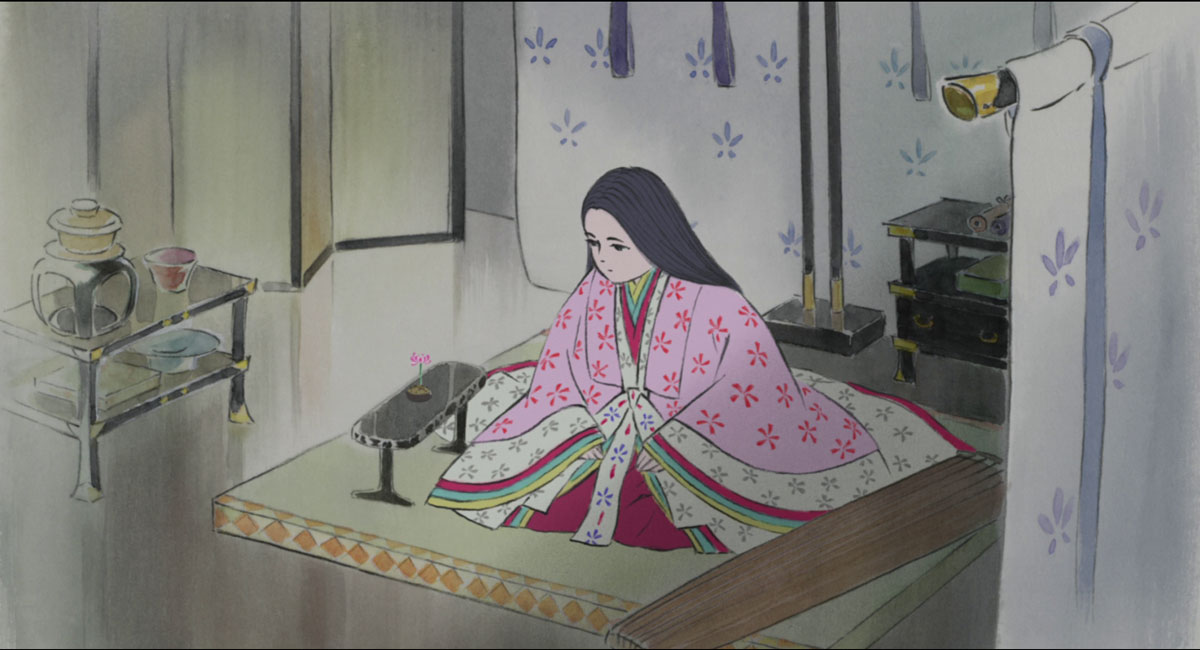
As Takahata’s last project before his death in 2018, Princess Kaguya is a culmination of not only his specific art style but also his serious brand of storytelling. The art may seem like a mismatch of watercolor and brushstrokes, but the story soon takes centerstage and the emotion is all that matters.
14. Castle in the Sky (1986)
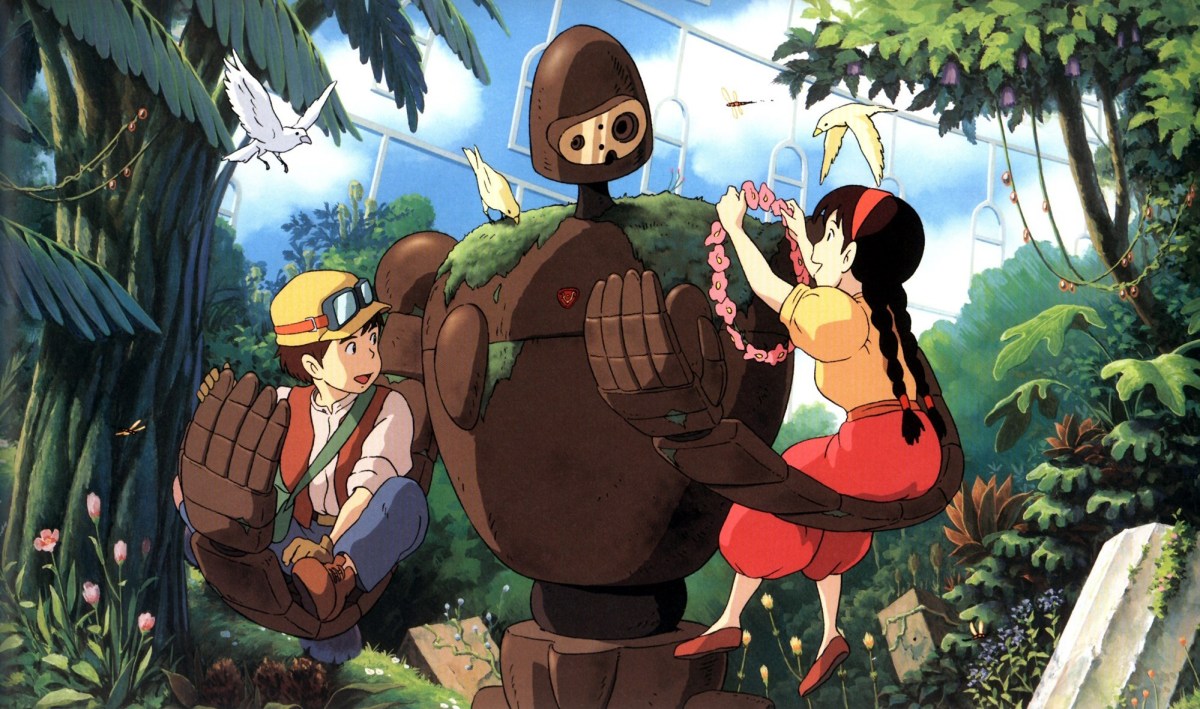
Claiming the title of the first official Studio Ghibli film, Castle in the Sky follows Sheeta and Pazu on a mission to find the powerful Lapis Lazuli crystal and a castle in the sky. Though released nearly 40 years ago the visuals still hold up and can be seen in the vestiges of not only Ghibli but many other animation studios .
13. From Up on Poppy Hill (2011)
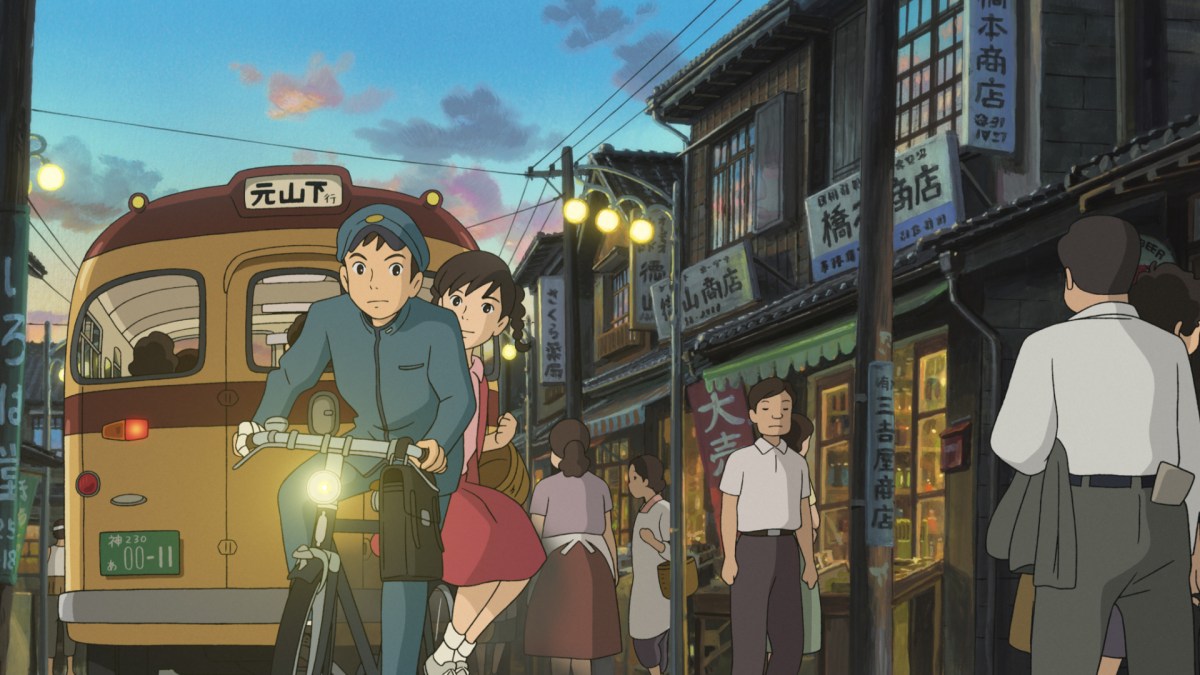
Based on the popular 1980s shōjo manga of the same name by Tetsuo Sayama and Chizuru Takahashi, From Up on Poppy Hill is a coming-of-age drama featuring the lives Umi and Shun as they try to save their school’s clubhouse as well as using navigation systems to communicate with their fathers.
12. The Wind Rises (2013)
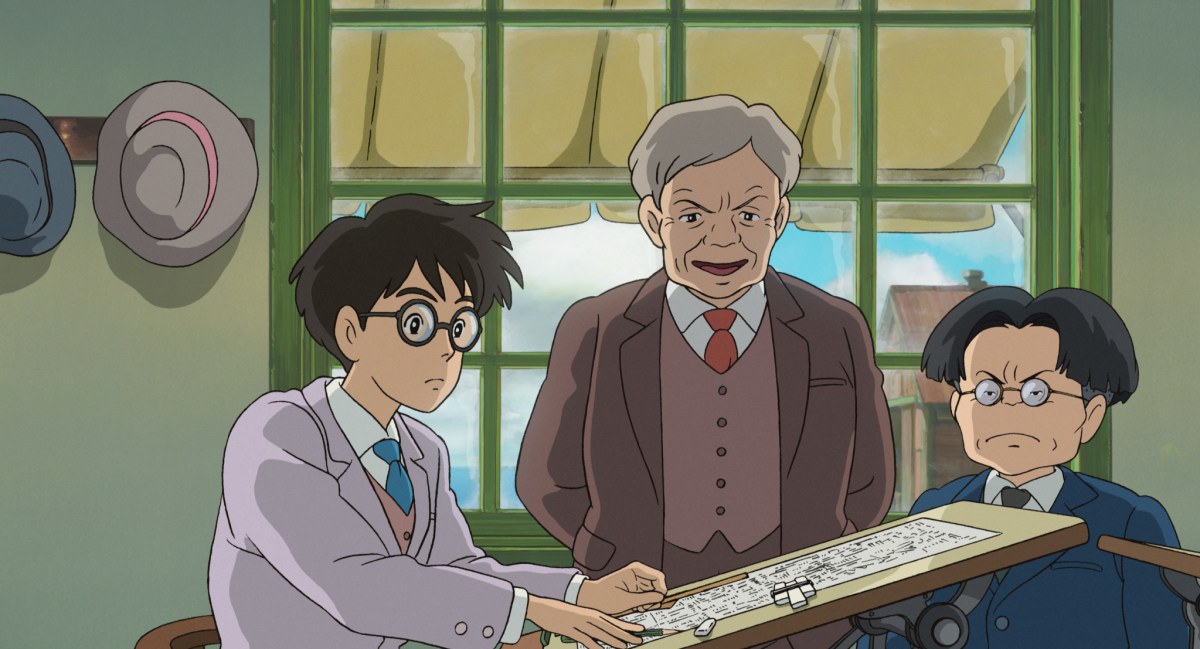
The Wind Rises was meant to be Miyazaki’s last film before retirement, and while it remains one of his most emotional works, it was met with a fair amount of controversy when released. Jiro Horikoshi, on whom the film was based, was a Japanese inventor who designed the Mitsubishi A6M Zero fighter plane that Japan used in Pearl Harbor and countless other war crimes.
Miyazaki, as a notable pacifist and one of the most prominent Japanese figures to condemn the country’s imperial legacy, was drawn to Jiro’s statement “All I wanted to do was to make something beautiful,” a testament to his love of planes and a condemnation of what his creation was used to do. A glance at Ghibli’s catalogue will highlight Miyazaki’s fascination with flight and there’s no question as to why he would choose to make a film about the man behind the machine.
11. Ocean Waves (1993)
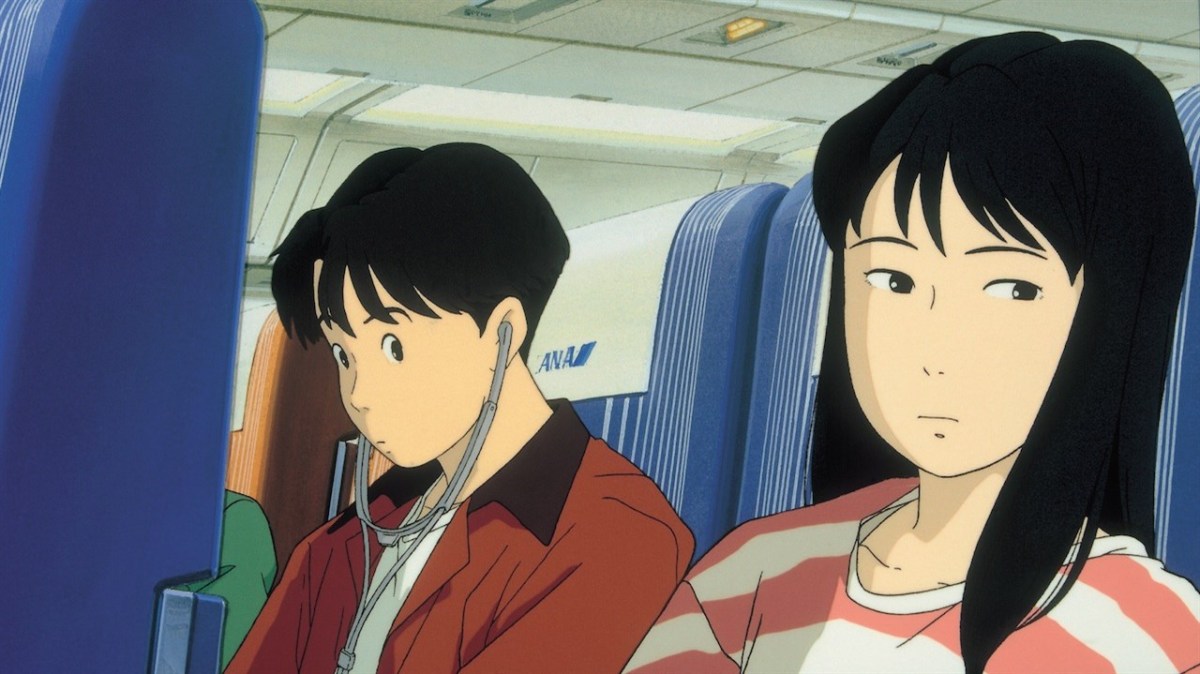
Ocean Waves was a project helmed by the younger staffers at Ghibli and it shows. This isn’t due to a lack of quality, but for the sense of familiarity and tenderness that permeates throughout the film. At its core, the story about a high school love triangle in a small town but opens up to themes of friendship, family and what it means to be a young adult.
10. Ponyo (2008)
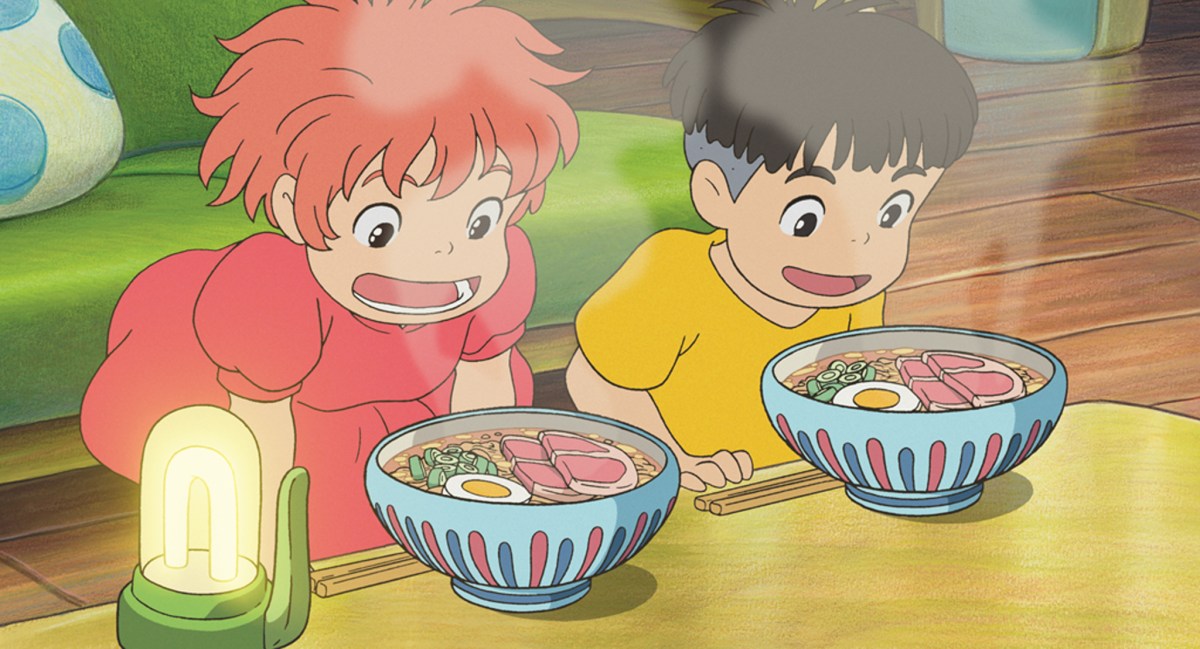
Ponyo is a variation of The Little Mermaid where a goldfish named Ponyo wished to become a little girl after meeting a young boy named Sōsuke. Some of the themes in Ghibli’s catalogue might be too complicated for some younger audiences to comprehend, but Ponyo is nothing but pure fun and a feelgood time.
9. Nausicaa of the Valley of the Wind (1984)
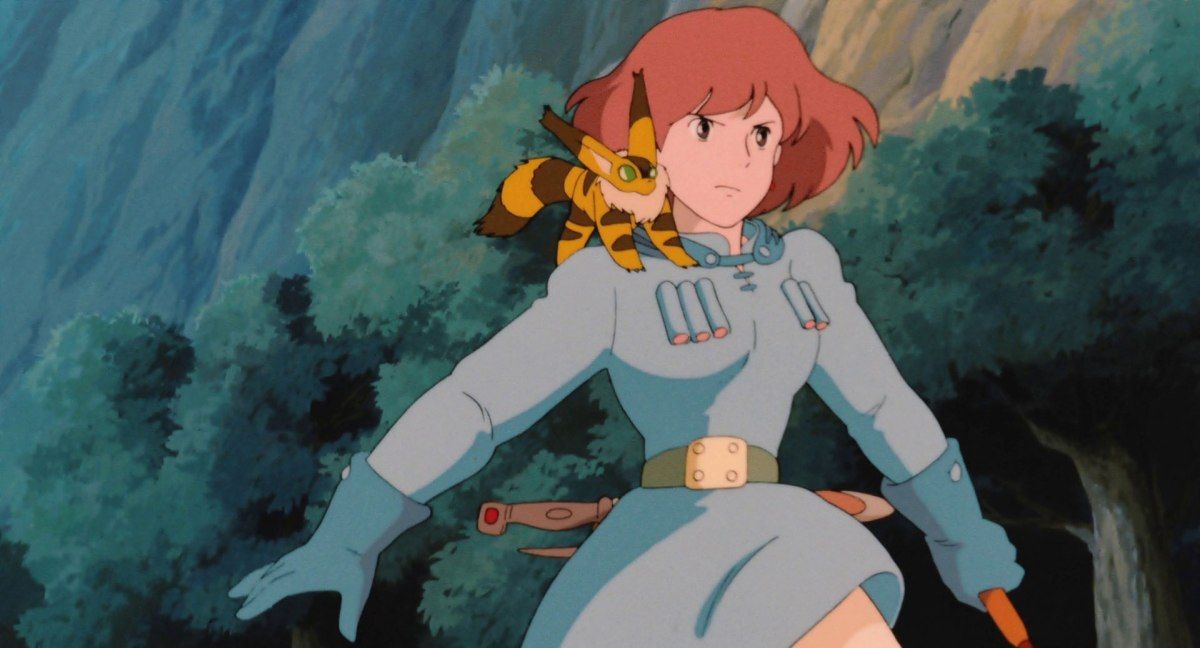
Released in 1984, a year before the studio was formally established, Nausicaa cemented the foundation for which Ghibli would base their subsequent work. The importance of complex female characters, environmental issues, family, interpersonal relationships, and identity were all found in Nausicaa and it stands as the root of the tree that the studio has been able to grow.
8. Grave of the Fireflies (1988)
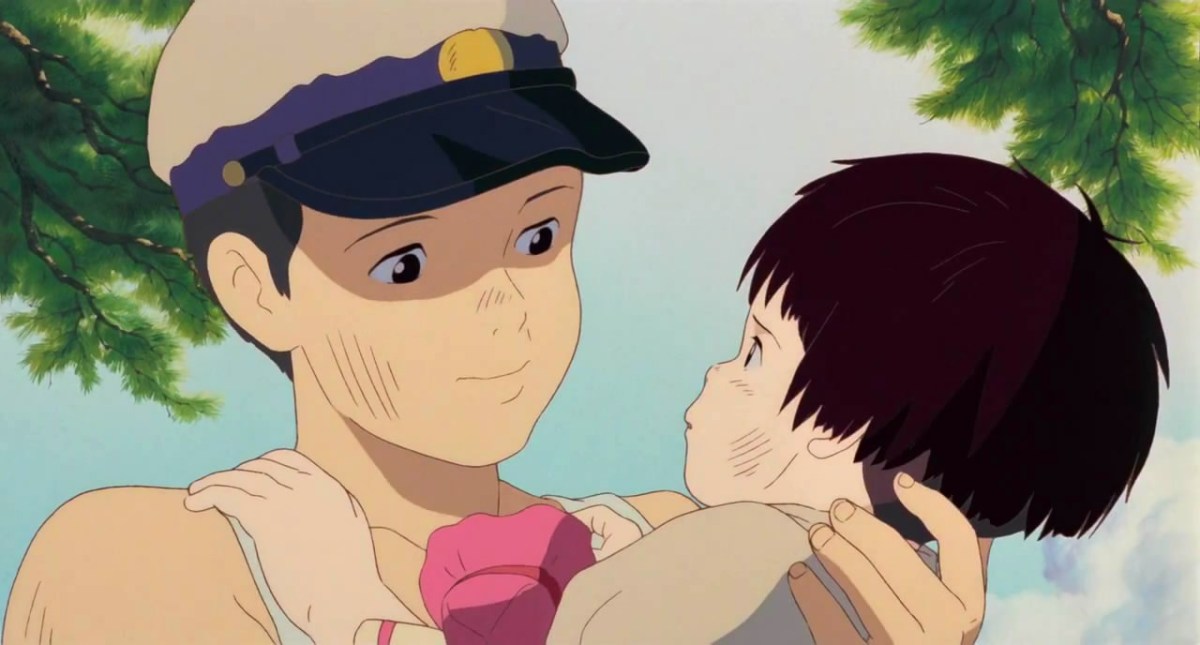
Animation is a form of media that has often been overlooked by being immediately and wrongfully relegated to “for children,” when it can be a tool to portray adult situations that aren’t easily achievable via live action. Grave of the Fireflies tells the story of siblings Seita and Setsuko in Japan during the final months of World War II. The film is bleak throughout, but maintains the gravitas that a story like this requires. It shows the ways that war affects the most vulnerable yet least protected portion of our population—the children.
7. Only Yesterday (1991)
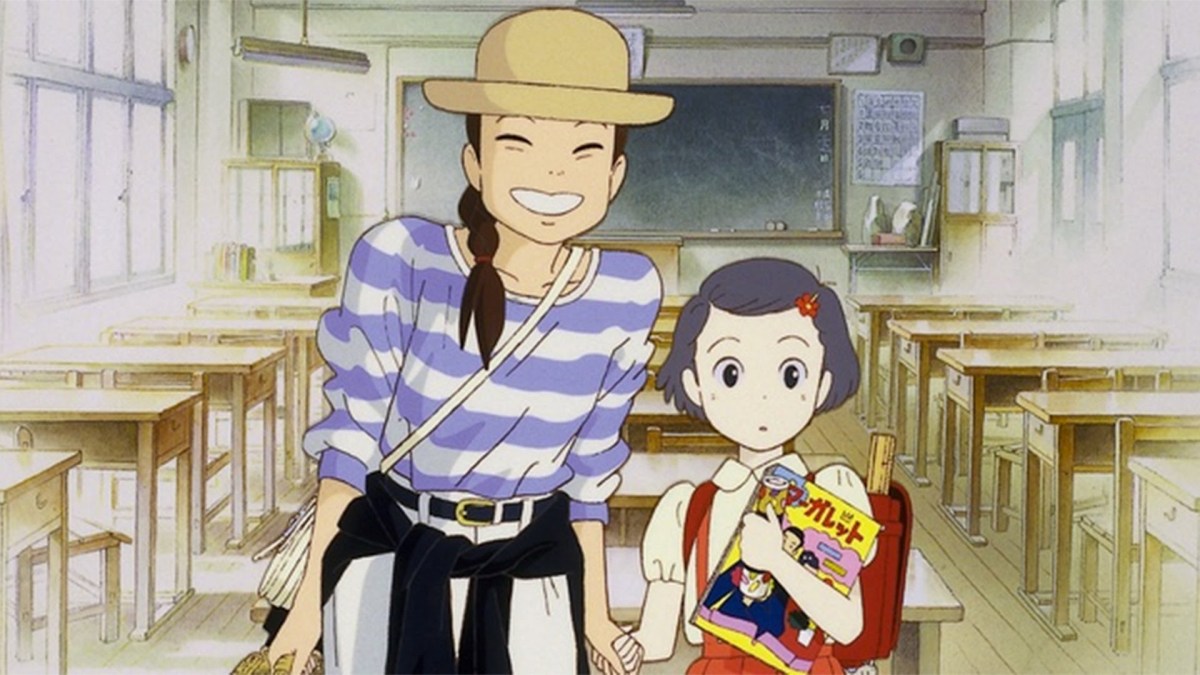
Many Ghibli stories are intended to transcend the barrier of age, but none appeal to older generations quite like Only Yesterday. It’s the story of 27-year-old Taeko living as a single salary woman in 1982 Tokyo. When she takes a trip to the countryside to visit her older sister’s in laws, she begins to reminisce on the younger days of her life and yearn for her childhood, while dealing with issues such as her career and being unmarried at that point in her life. The film was a hit with adult audiences, especially women, and went on to become the highest grossing Japanese film in 1991.
6. Princess Mononoke (1997)
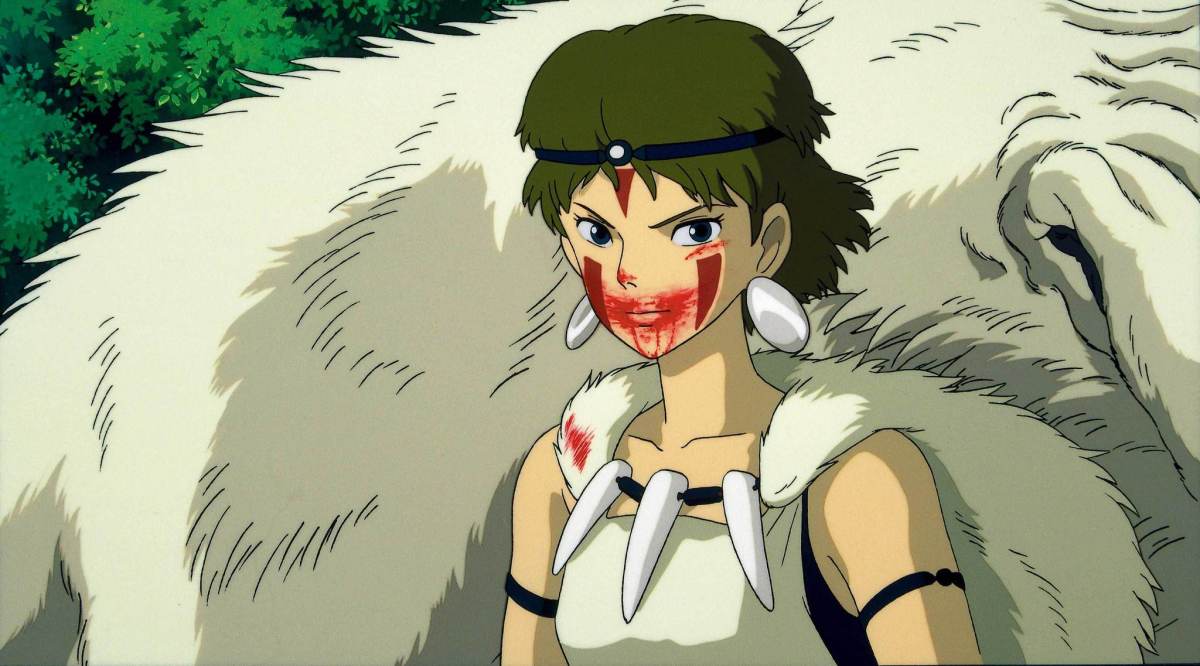
Due to its global success, Princess Mononoke has been an entry point for many Ghibli fans, however, it has a distinct tonal shift not present in others works. It tackles many of the same themes as Pom Poko, but with an air of finality and anger that pushed the film to a PG-13 rating.
5. Spirited Away (2001)
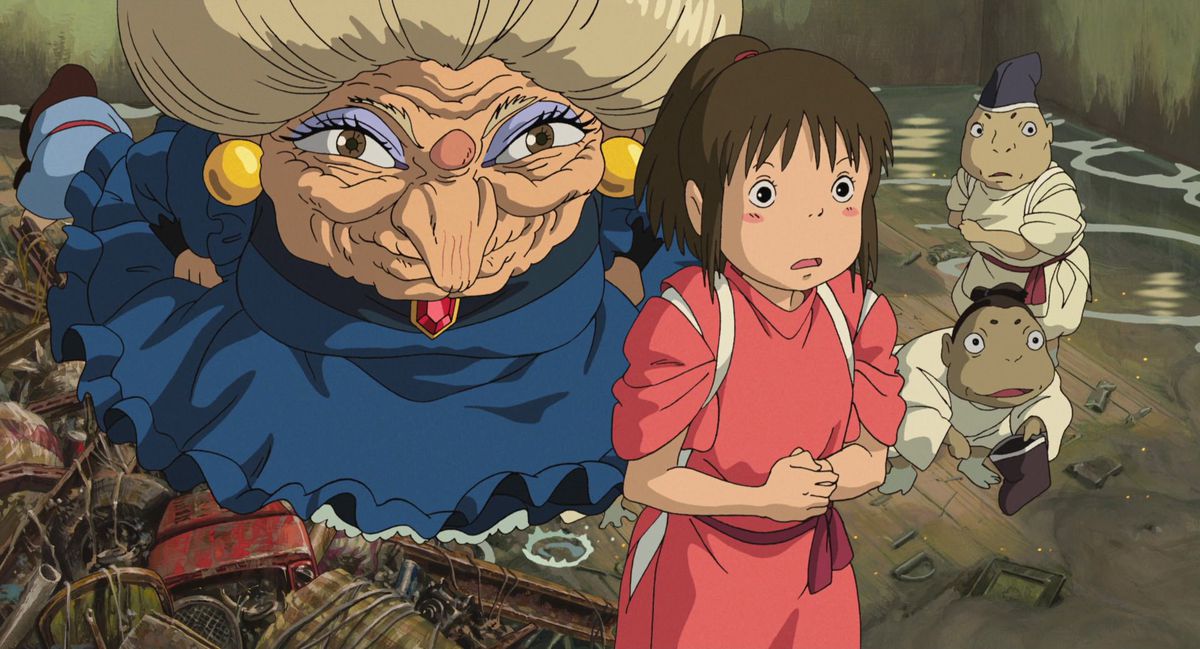
At the 75th Academy Awards, Spirited Away won best animated feature and is the only majority hand drawn feature to win the award. The story, focusing on 10-year-old Chihiro’s journey, is Ghibli at its best when it comes to visuals.
4. When Marnie Was There (2014)
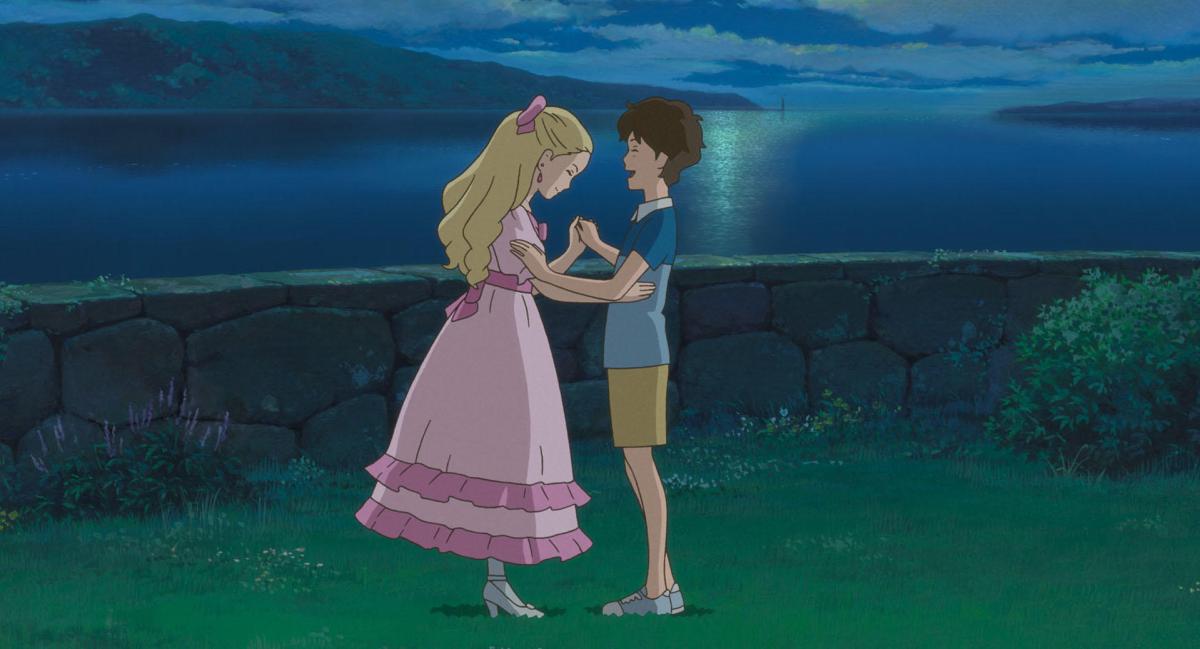
When Marnie Was There stands out in Ghibli’s portfolio, mainly due to the protagonist Anna, who is one of the most complex heroines that the company has ever created. One of Ghibli’s hallmarks is their brilliant portrayal of young female characters who have a range of emotions and aspirations. The rarity that exits within Anna, is that when we meet her, she is openly depressed and in the opening scenes she wishes she was dead. This is a moment of real vulnerability that isn’t usually allowed in children’s fiction and animation, but it’s exactly that rawness and the willingness to tackle adolescent depression that makes Marnie so ground-breaking.
3. Kiki’s Delivery Service (1989)
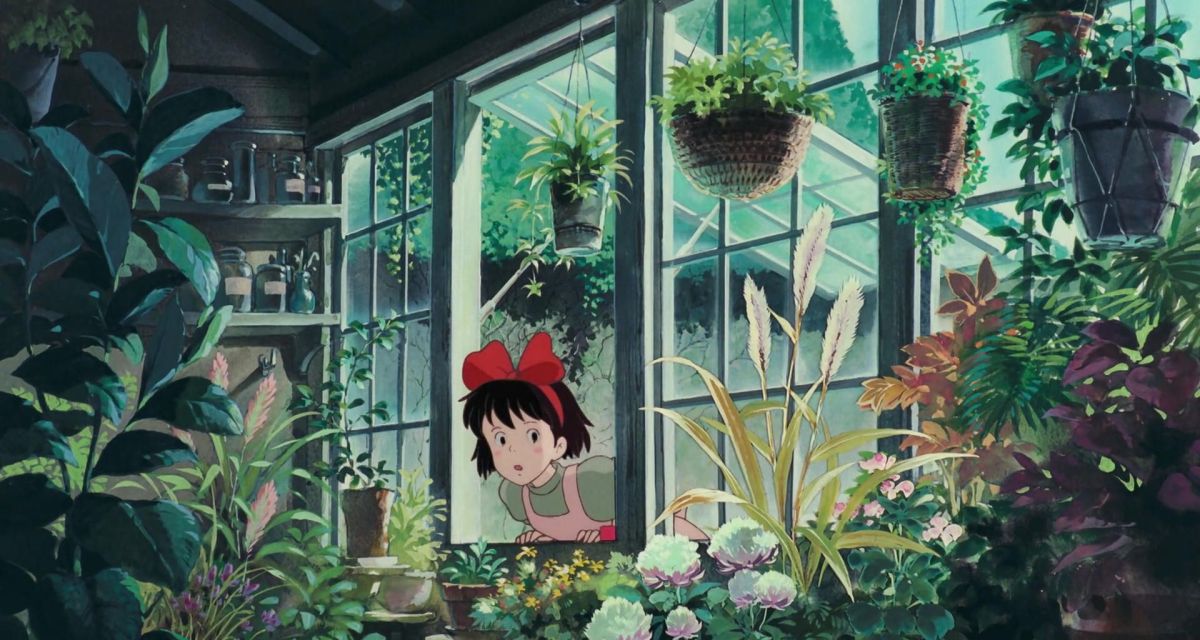
It’s not a requirement, but many children’s films find value and purpose in teaching. Sometimes those lessons are direct and inescapable and in others you stumble upon them and that’s what Kiki’s Delivery Service is. From the beginning, Kiki is listless and wants to leave home to begin her witching journey, but soon runs into issues that can only be resolved by the people she meets along the way. It’s a story that says even though you’re on the path to adolescence and independence, you can still be vulnerable and accept help from others. That and Jiji is amazing.
2. Howl’s Moving Castle (2004)

Adapted from the Diana Wynne Jones novel of the same name, Howl’s Moving Castle serves as the introduction to Ghibli for most people. Howl fits comfortably within the Ghibli universe, expounding upon their antiwar and antiviolence message accompanied by stunning imagery and a castle that has become significant in Ghibli lore.
1. Whisper of the Heart (1995)
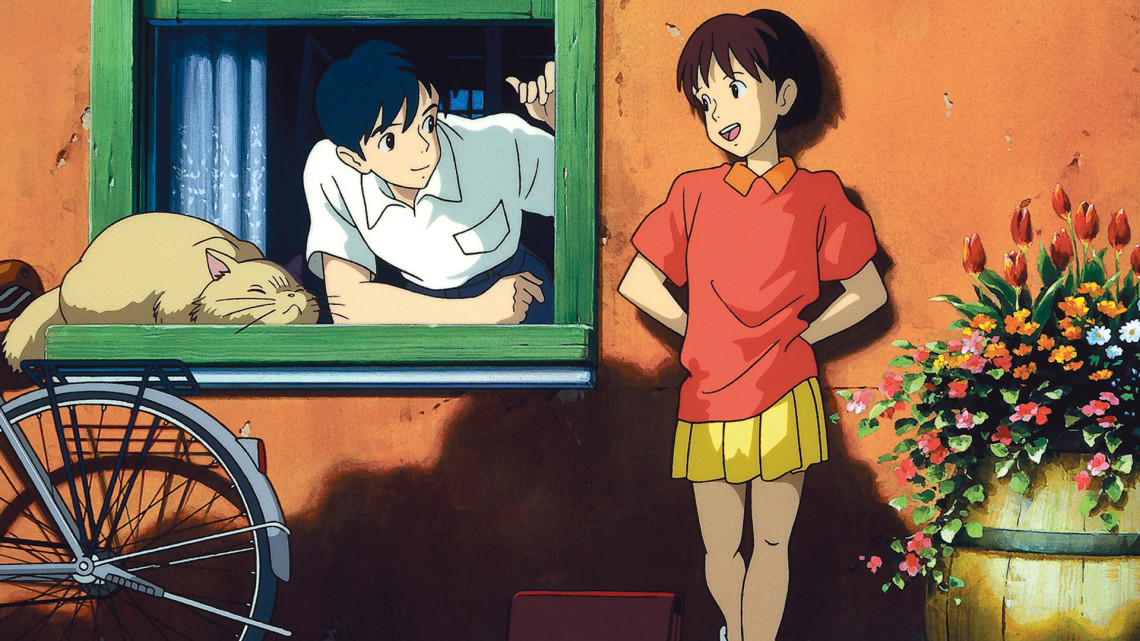
Whisper marked Yoshifumi Kondō’s first and last film before his untimely death in 1998 and it remains the studio’s best production. There’s no shortage of magic and whimsical themes in Ghibli’s catalogue, but Whisper takes the experience of an everyday 14-year-old girl and finds the magic buried in it. Writing a book and telling your parents you don’t want to continue school all within the span of an hour makes Shizuku one of the most daring heroines that we’ve seen. With themes such as family, identity, self discovery and confidence, Kondō’s only work speaks not only to his legacy but Ghibli’s as a whole.
(featured image: Studio Ghibli)



